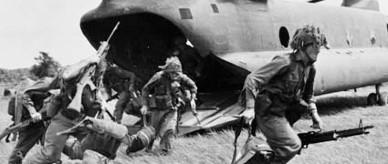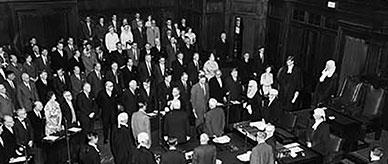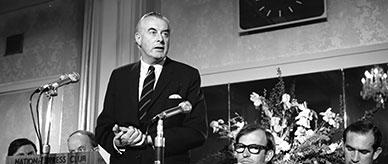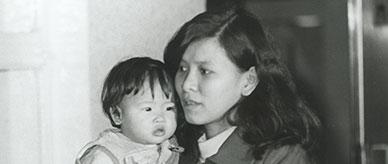![National Service ballot balls [marbles], circa 1965.](/sites/default/files/styles/carousel_single_image_display/public/2020-04/learn-national-service-ballot-balls-10429230.jpg?itok=vDuPFokm)

![National Service ballot balls [marbles], circa 1965.](/sites/default/files/styles/carousel_single_image_display/public/2020-04/learn-national-service-ballot-balls-10429230.jpg?itok=vDuPFokm)
About this record
This is a photograph of the ballot balls (marbles) that were used by the Australian Government as part of its National Service Scheme between 1965 and 1972. The ballot was used to select men to be conscripted into the Australian army.
The conscription ‘lottery’
In November 1964, the Australian Government led by Prime Minister Robert Menzies introduced a scheme of selective conscription known as national service. The scheme was introduced under the National Service Act 1964 and was designed to create an army of 40,000 full-time soldiers.
Selective conscription meant that a certain number of 20-year-old Australian men would be chosen to serve in the Australian army. The process for choosing them was similar to a lottery. Numbered marbles, each representing a day of the year, were placed in a barrel. A predetermined number were then drawn individually and randomly by hand. If the number picked corresponded to the day of the year on which a person was born, they were required to present themselves for national service.
Men chosen by this ballot (‘balloted in’) had to perform 2 years continuous full-time service in the Australian Regular Army. This could include overseas service in Vietnam. After their full-time service, they were required to serve for 3 1/2 years part time.
People could be exempted in some circumstances. Men who were married before being called up and those who had a serious criminal history were granted indefinite deferment. Temporary deferments were available on the grounds of hardship or compassion, and to students, apprentices and trainees at university, teaching or technical colleges. Exemption based on physical or mental disability, occupation and conscience was considered after the ballot.
The ballot method of selection was widely regarded as inherently unfair and strengthened opposition to conscription.
Acknowledgments
Learning resource text © Education Services Australia Limited and the National Archives of Australia 2010.
Related themes
Need help with your research?
Learn how to interpret primary sources, use our collection and more.




